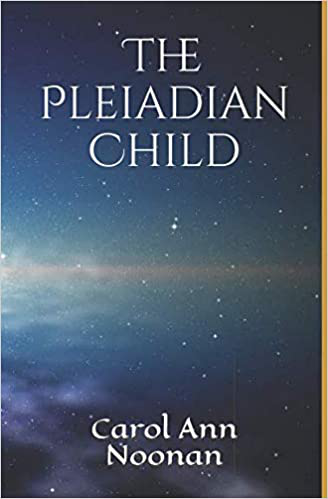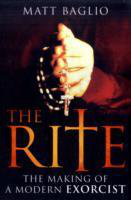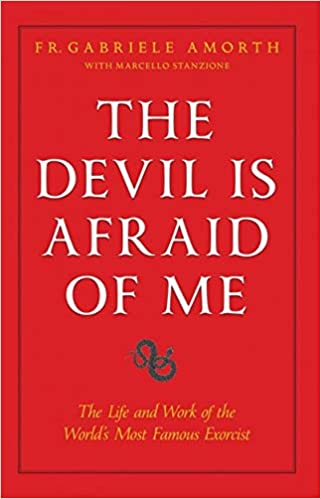Incorruptibility: A Story Of Sister Wilhelmina And Carlo Acutis
Bizarre/Strange
Saturday 20th, January 2024
We came across an interesting video this week about Carlo Acutis and how he has become an titled an incorruptable which led us down a rabbit hole of what or who are incorruptables.
In the long history of the Catholic faith, there's something fascinating, saints whose bodies don't decay like usual. It's not a must for becoming a saint, but it often makes people think the person was really special. Sister Wilhelmina is one of the latest examples, and people are curious about what's going on.
Sister Wilhelmina's story is like those of other saints. Even after she passed away, her body doesn't seem to be breaking down like it normally would. This idea of not decaying is called "incorruptibility", and while it's not a rule for becoming a saint, it's seen by many as a sign that someone was very holy.
When the Church wants to make someone a saint, they often dig up the person's body. Doctors check to make sure it's really them and that it's okay for people to show respect to their remains. But, there isn't a specific set of rules for figuring out why some bodies don't decay like others.
Some saints' bodies stay almost exactly how they were when they were buried, while others change a little but still resist decay. Sister Wilhelmina seems to fall into this category, with some parts of her body looking well-preserved while others might look a bit different.
The Church says that even though it's interesting when a body doesn't decay, it doesn't automatically mean the person is a saint. To officially become a saint, there must be proof that miracles happened because of that person's prayers. It can be hard to know if a non-decaying body is because of something supernatural or just natural reasons.
Sister Wilhelmina's case is a bit unusual because the diocese, which is like a group of churches, is trying to find out more about what's happening with her body. They want to be sure about what's going on before saying anything definite.
In the Catholic Church, people talk a lot about death. They even have special ways of remembering that everyone will die someday. But they also believe that death isn't the end, it's more like a doorway to something even better. This idea is a big part of why non-decaying bodies can be so intriguing to believers.
As we wait to learn more about Sister Wilhelmina's story, we're left wondering, will the signs of her body not decaying be officially recognised, or will they remain a mystery like many others that have fascinated believers for a very long time? The Church's way of dealing with these mysteries shows how they try to understand both faith and facts, tradition, and investigation.
Carlo Acutis, the first Millennial to be beatified by the Catholic Church, he was born in London but lived virtually all his life in Italy. He passed away with Leukaemia in October 2006 at the age of just 15.
Born on 3 May 1991 he enjoyed many pastimes including sports, computer and video games, learning about and using the internet, movies, etc. His parents were not particularly religious, but he received communion at age seven and soon began attending Mass and praying before the Blessed Sacrament as often as possible.
Carlo built a website cataloguing Eucharistic Miracles and visited many of the sites with his family. On the website he wrote, “The more often we receive the Eucharist, the more we will become like Jesus”. Carlo was beatified in October 2020.
In the long history of the Catholic faith, there's something fascinating, saints whose bodies don't decay like usual. It's not a must for becoming a saint, but it often makes people think the person was really special. Sister Wilhelmina is one of the latest examples, and people are curious about what's going on.
Sister Wilhelmina's story is like those of other saints. Even after she passed away, her body doesn't seem to be breaking down like it normally would. This idea of not decaying is called "incorruptibility", and while it's not a rule for becoming a saint, it's seen by many as a sign that someone was very holy.
When the Church wants to make someone a saint, they often dig up the person's body. Doctors check to make sure it's really them and that it's okay for people to show respect to their remains. But, there isn't a specific set of rules for figuring out why some bodies don't decay like others.
Some saints' bodies stay almost exactly how they were when they were buried, while others change a little but still resist decay. Sister Wilhelmina seems to fall into this category, with some parts of her body looking well-preserved while others might look a bit different.
The Church says that even though it's interesting when a body doesn't decay, it doesn't automatically mean the person is a saint. To officially become a saint, there must be proof that miracles happened because of that person's prayers. It can be hard to know if a non-decaying body is because of something supernatural or just natural reasons.
Sister Wilhelmina's case is a bit unusual because the diocese, which is like a group of churches, is trying to find out more about what's happening with her body. They want to be sure about what's going on before saying anything definite.
In the Catholic Church, people talk a lot about death. They even have special ways of remembering that everyone will die someday. But they also believe that death isn't the end, it's more like a doorway to something even better. This idea is a big part of why non-decaying bodies can be so intriguing to believers.
As we wait to learn more about Sister Wilhelmina's story, we're left wondering, will the signs of her body not decaying be officially recognised, or will they remain a mystery like many others that have fascinated believers for a very long time? The Church's way of dealing with these mysteries shows how they try to understand both faith and facts, tradition, and investigation.
Carlo Acutis, the first Millennial to be beatified by the Catholic Church, he was born in London but lived virtually all his life in Italy. He passed away with Leukaemia in October 2006 at the age of just 15.
Born on 3 May 1991 he enjoyed many pastimes including sports, computer and video games, learning about and using the internet, movies, etc. His parents were not particularly religious, but he received communion at age seven and soon began attending Mass and praying before the Blessed Sacrament as often as possible.
Carlo built a website cataloguing Eucharistic Miracles and visited many of the sites with his family. On the website he wrote, “The more often we receive the Eucharist, the more we will become like Jesus”. Carlo was beatified in October 2020.



